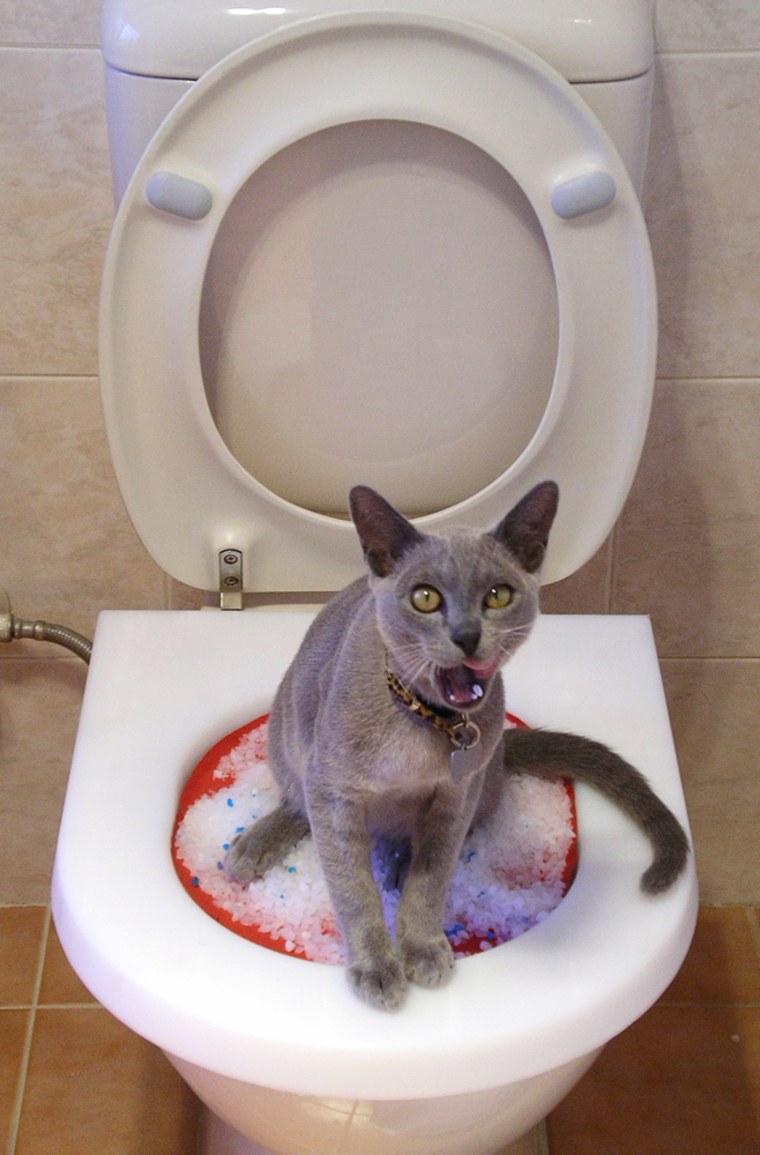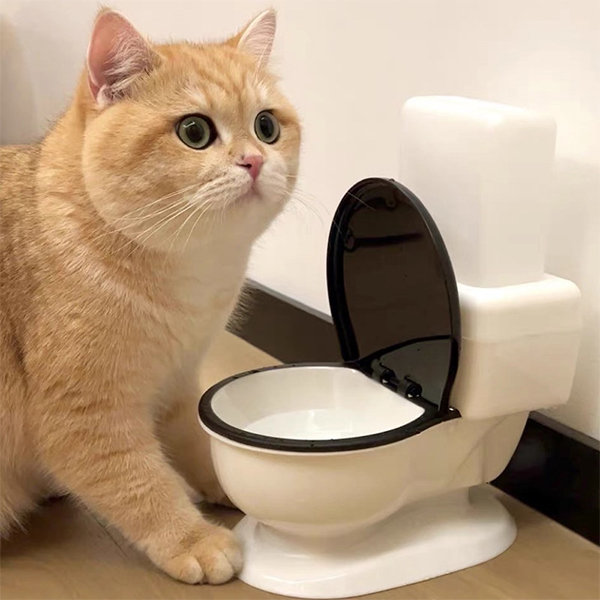An Perils of Flushing Animal Waste Down the Toilet
An Perils of Flushing Animal Waste Down the Toilet
Blog Article
They are making a few good pointers regarding Should you flush animal waste down the toilet as a whole in this post followed below.

When it comes to taking care of waste, especially animal waste, many people frequently turn to the hassle-free alternative of flushing it down the toilet. However, this relatively simple remedy can have serious consequences for the atmosphere and public health. In this post, we'll discover why flushing pet waste down the toilet is a bad idea and provide alternative techniques for appropriate disposal.
Introduction
Proper waste disposal is vital for maintaining ecological sustainability and public health. While it may appear harmless to purge animal waste down the commode, it can cause various concerns, both for the environment and human wellness.
Threats of flushing pet waste
Ecological effect
Flushing animal waste presents unsafe germs and microorganisms right into rivers, which can adversely affect water environments. These pathogens can contaminate water sources and harm aquatic life, disrupting fragile ecosystems.
Public health concerns
Animal waste contains hazardous germs such as E. coli and Salmonella, which can position significant health risks to humans. Purging pet waste down the bathroom can contaminate water products, bring about the spread of illness and infections.
Alternatives to flushing
As opposed to flushing animal waste down the commode, there are a number of different disposal techniques that are a lot more eco-friendly and hygienic.
Composting
Composting animal waste is an environmentally friendly way to deal with it. By composting, organic matter is broken down into nutrient-rich soil, which can be utilized to fertilize gardens and plants.
Land fill disposal
Disposing of pet waste in a garbage dump is another alternative. While not as environmentally friendly as composting, it is a much safer choice to flushing, as it stops the contamination of water sources.
Pet dog waste disposal systems
There are customized animal garbage disposal systems offered that read more safely and hygienically deal with pet waste. These systems frequently make use of enzymes to break down waste and eliminate odors.
Steps to appropriate pet waste disposal
To guarantee appropriate disposal of pet waste, adhere to these steps:
Scooping and nabbing waste
Consistently scoop and bag animal waste using biodegradable bags. This avoids waste from polluting the atmosphere.
Utilizing assigned waste bins
Dispose of bagged animal waste in designated waste bins, such as garden compost containers or land fill containers. Stay clear of flushing it down the commode in any way expenses.
Cleaning litter boxes and pet dog locations on a regular basis
On a regular basis clean can and pet locations to avoid the build-up of waste and germs. Use pet-safe cleansing items to maintain health.
Benefits of correct disposal methods
Taking on correct disposal methods for pet waste offers a number of advantages:
Decreased environmental pollution
Correct disposal methods decrease the threat of environmental pollution, securing rivers and environments from contamination
Decreased risk of water contamination.
By preventing flushing pet waste down the commode, the threat of water contamination is considerably decreased, securing public health.
Boosted sanitation and hygiene
Proper disposal methods promote better sanitation and hygiene, producing a much safer setting for both people and animals.
Final thought
In conclusion, purging animal waste down the bathroom is unsafe to the setting and public health. By taking on different disposal techniques and following proper waste monitoring practices, we can decrease the unfavorable impact of pet waste and add to a cleaner, healthier earth.
What To Do With Dog Poo – The Do's And Don'ts Of Disposing Of Faeces
Dog poo bins
Some councils provide dedicated dog waste bins in popular dog-walking areas that can take dog poo that has been bagged but you can legally dispose of dog waste in any public litter bin, as long as it is securely bagged. This also applies to your wheelie bin at home.
Do not flush
Water companies do not recommend flushing dog faeces down the toilet because certain parasites can survive the water processing treatment and are potentially harmful to humans. You should also never consider flushing dog poo that has been bagged down the toilet as the bags will not break down and instead create severe blockages in the sewage system.
In the woods
The Forestry Commission promotes a ‘stick and flick’ method for dealing with waste in the woods. This means finding a stick and using it to flick any poo from off the path so that it is out of the way of other walkers. You could also bury it as long as it is not in an area where there might be livestock.
Livestock
Parasites found in dog poo can be transmitted to livestock if they inadvertently eat infected faeces that has been left on grazing land. This could result in the death of sheep or abortion in cattle so you should always make sure you pick up your dog’s waste in fields where livestock could be present.

On a regular basis clean can and pet locations to avoid the build-up of waste and germs. Use pet-safe cleansing items to maintain health.
Benefits of correct disposal methods
Taking on correct disposal methods for pet waste offers a number of advantages:
Decreased environmental pollution
Correct disposal methods decrease the threat of environmental pollution, securing rivers and environments from contamination
Decreased risk of water contamination.
By preventing flushing pet waste down the commode, the threat of water contamination is considerably decreased, securing public health.
Boosted sanitation and hygiene
Proper disposal methods promote better sanitation and hygiene, producing a much safer setting for both people and animals.
Final thought
In conclusion, purging animal waste down the bathroom is unsafe to the setting and public health. By taking on different disposal techniques and following proper waste monitoring practices, we can decrease the unfavorable impact of pet waste and add to a cleaner, healthier earth.
What To Do With Dog Poo – The Do's And Don'ts Of Disposing Of Faeces
Dog poo bins
Some councils provide dedicated dog waste bins in popular dog-walking areas that can take dog poo that has been bagged but you can legally dispose of dog waste in any public litter bin, as long as it is securely bagged. This also applies to your wheelie bin at home.
Do not flush
Water companies do not recommend flushing dog faeces down the toilet because certain parasites can survive the water processing treatment and are potentially harmful to humans. You should also never consider flushing dog poo that has been bagged down the toilet as the bags will not break down and instead create severe blockages in the sewage system.
In the woods
The Forestry Commission promotes a ‘stick and flick’ method for dealing with waste in the woods. This means finding a stick and using it to flick any poo from off the path so that it is out of the way of other walkers. You could also bury it as long as it is not in an area where there might be livestock.
Livestock
Parasites found in dog poo can be transmitted to livestock if they inadvertently eat infected faeces that has been left on grazing land. This could result in the death of sheep or abortion in cattle so you should always make sure you pick up your dog’s waste in fields where livestock could be present.

Do you really like more info about Should you flush animal waste down the toilet? Post a remark directly below. We would be happy to see your views about this write up. We are looking forward to see you back again before long. Do you know somebody who is involved in the topic? Be sure share it. Many thanks for your time spent reading it.
Set An Appointment Report this page